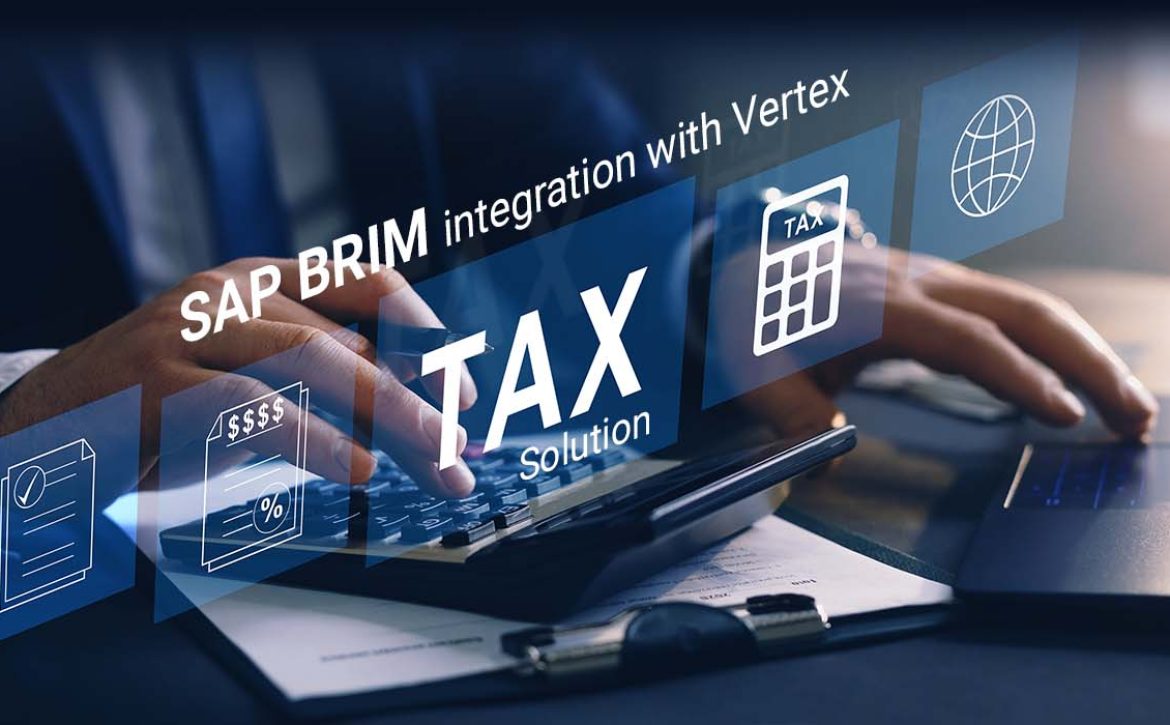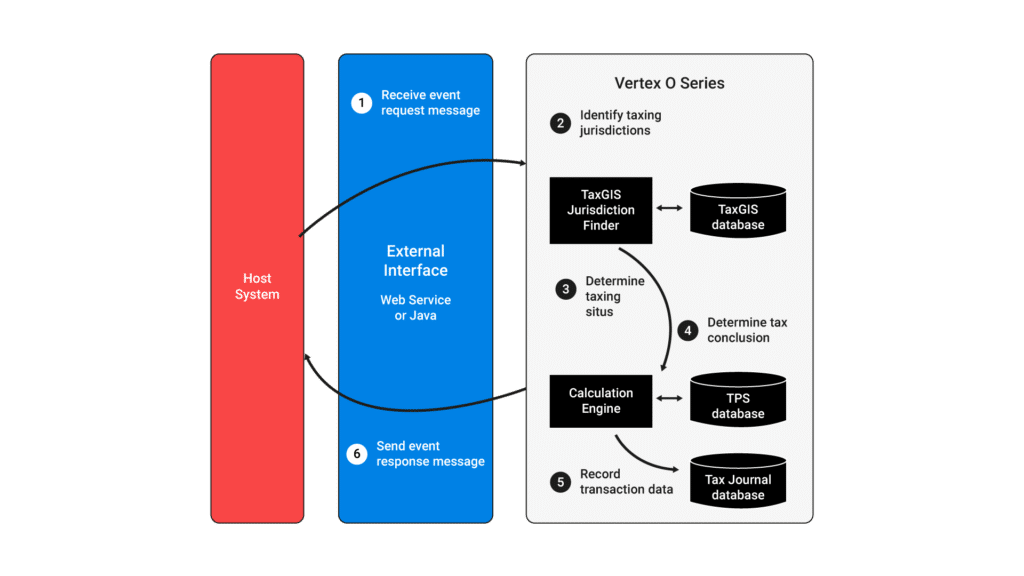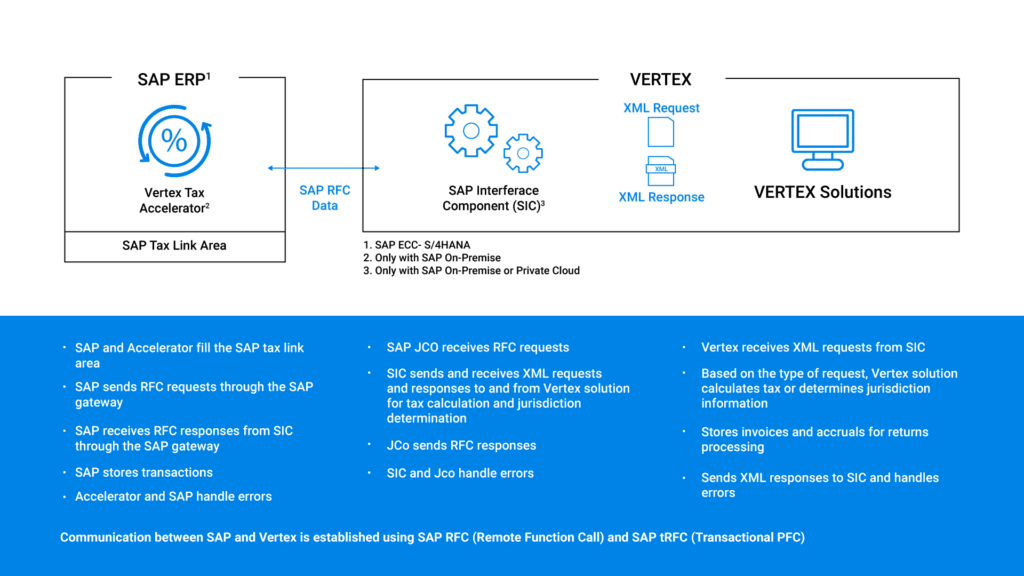Unlocking Efficiency and Flexibility: Exciting New Features of SAP Subscription Billing
In the ever-evolving landscape of enterprise software solutions, SAP continues to stand at the forefront, consistently enhancing its offerings to meet the dynamic needs of businesses worldwide. As we have already entered the year 2024, SAP S/4HANA Cloud has unveiled its latest release – the 2402 version, which promises to optimize subscription billing processes for businesses of all sizes. This new release entails many notable enhancements, with the primary ones being the ability to forecast with unprecedented accuracy and the flexibility to discard usage records selectively. One can also associate specific subscriptions with profit centers to refine internal cost allocations. Additionally, we can now access customer data easily from within the app interface and leverage enhanced billing forecast capabilities to develop more accurate revenue projections. With SAP’s continued dedication to innovation and value delivery, the 2402 release empowers businesses with unprecedented flexibility and operational excellence.
Introduction to the 2402 Release
The 2402 release of SAP S/4HANA Cloud introduces several noteworthy updates, promising to streamline subscription billing operations for businesses of all sizes. One of the key highlights of this release is the enhanced forecast horizon options, allowing organizations to plan their billing strategies with unprecedented precision. Additionally, users now can discard usage records selectively, further refining the accuracy of their billing processes.
Let’s delve into the exciting new features that this release brings to the table.
- Profit Centers for Subscriptions
A significant advancement in the 2402 release is the support for-profit center in subscriptions created through solution orders. This enhancement enables organizations to allocate internal costs more effectively by associating subscriptions with specific profit center. By leveraging this feature, businesses can gain deeper insights into their financial performance and optimize resource allocation across different departments or business units.
- Navigation to Customer Data
Another noteworthy addition to SAP S/4HANA Cloud is the seamless navigation to customer data from within the Customer Overview app. This enhancement simplifies the user experience by providing quick access to relevant customer information directly within the subscription billing interface. With just a few clicks, users can now gain comprehensive insights into customer profiles, enabling them to make informed decisions and deliver superior customer experiences.
- Restructuring of Integration Flow
In the 2402 release, SAP Subscription Billing introduces a revamped integration flow between billing data and the Subscription-Based Data Retrieval (SBDR) module in S/4HANA Cloud. This restructuring enhances data synchronization capabilities, ensuring real-time visibility into billing activities across the organization. By optimizing integration processes, SAP empowers businesses to drive operational efficiency and accelerate decision-making processes.
- Billing Forecasts
Flexibility is paramount in today’s fast-paced business environment, and SAP recognizes this by introducing enhanced billing forecast capabilities in the 2402 release. Organizations now have the flexibility to define forecast horizons in months or years, catering to diverse business needs and scenarios. Whether projecting short-term revenue targets or long-term growth trajectories, users can leverage this feature to develop more accurate and actionable billing forecasts.
- Discard Usage Records
Finally, the 2402 release introduces a valuable feature that allows users to discard usage records as needed, with appropriate role requirements. This capability empowers organizations from various industries to maintain data integrity and accuracy within their billing systems by selectively removing redundant or irrelevant usage records. By providing users with greater control over data management processes, SAP enables organizations to uphold compliance standards and drive operational excellence.
The 2402 release of SAP S/4HANA Cloud marks another milestone in the evolution of subscription billing solutions. With a diverse array of enhancements ranging from enhanced forecast options to streamlined integration flows, SAP continues to empower organizations with the tools they need to thrive in today’s competitive landscape. As businesses navigate the complexities of subscription-based revenue models, SAP and Acuiti Labs remain a trusted partners, driving innovation and delivering tangible value for Quote-to-Cash process transformation at every step of the way.
At Acuiti Labs, we fully understand the importance of optimizing subscription-based billing processes to drive business growth. Our team of experts specializes in implementing and customizing SAP solutions, including SAP Subscription Billing. We offer comprehensive consulting services to help businesses streamline their billing operations, improve accuracy, and drive operational efficiency. With Acuiti Labs as your trusted partner, you can leverage the power of SAP Subscription Billing to unlock untapped potential, enhance customer experiences, and propel your business forward in the competitive landscape. Contact us today to learn how we can tailor our services to meet your specific needs and accelerate your journey towards business success. Thank you for taking the time to read today’s blog post! If you would like more information on the exciting features and updates discussed, please don’t hesitate to contact us. You can find further details and contact information at www.acuitilabs.com/contact-us
We encourage you to stay tuned for upcoming updates and innovations from SAP. As we constantly push the boundaries to offer you the best of SAP solutions, we are committed to redefining what’s possible for businesses worldwide. Trust us to keep you informed and empowered with the latest advancements in the Quote-to-Cash world.
Stay tuned for future updates and innovations from SAP as we continue to redefine the possibilities of enterprise software.



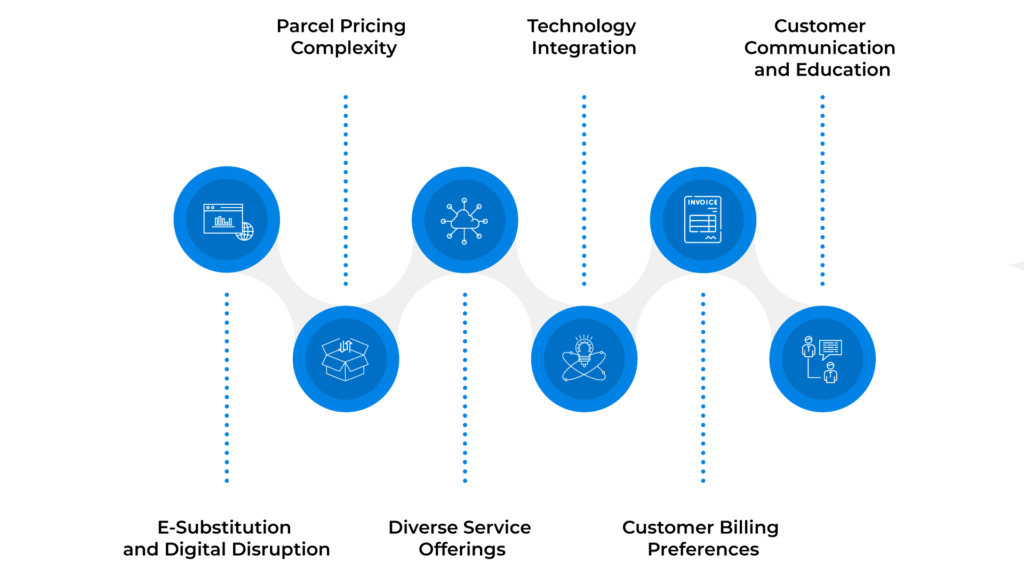
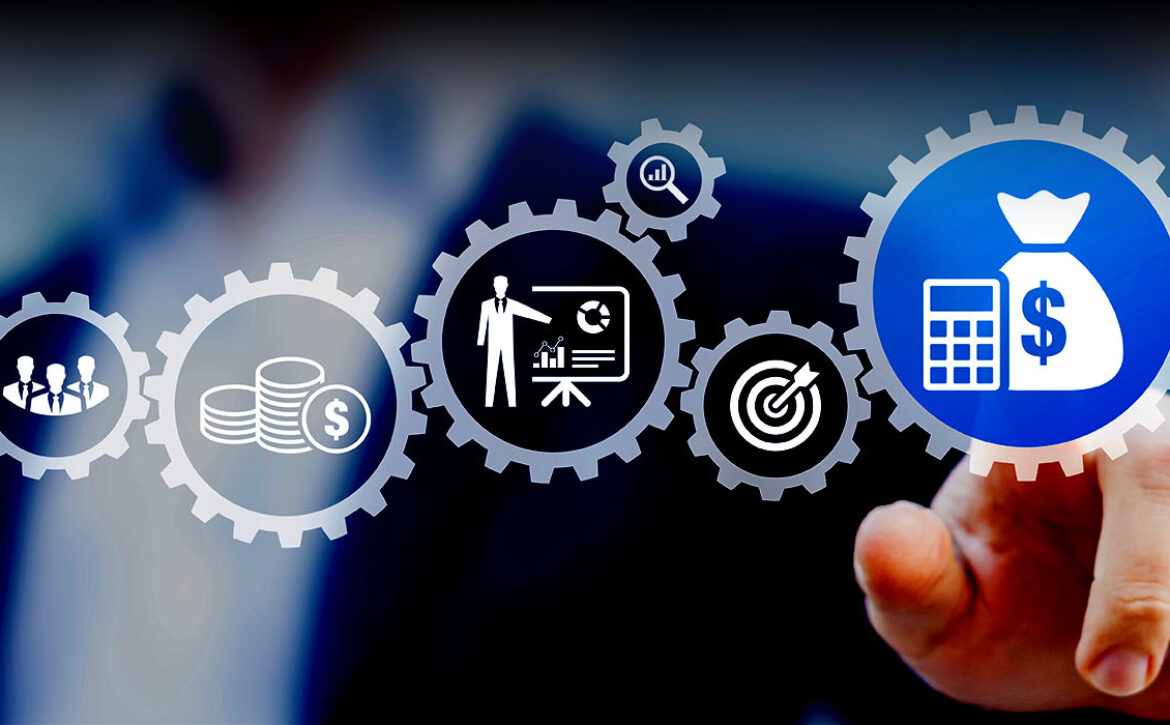
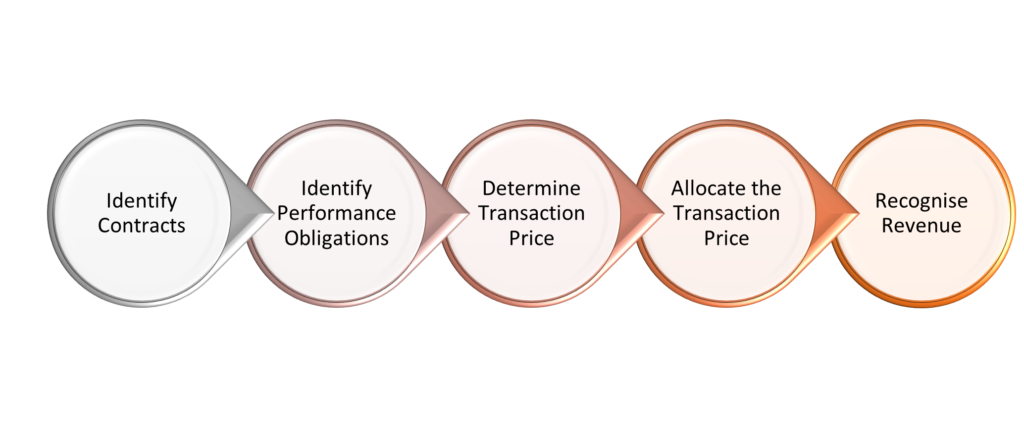
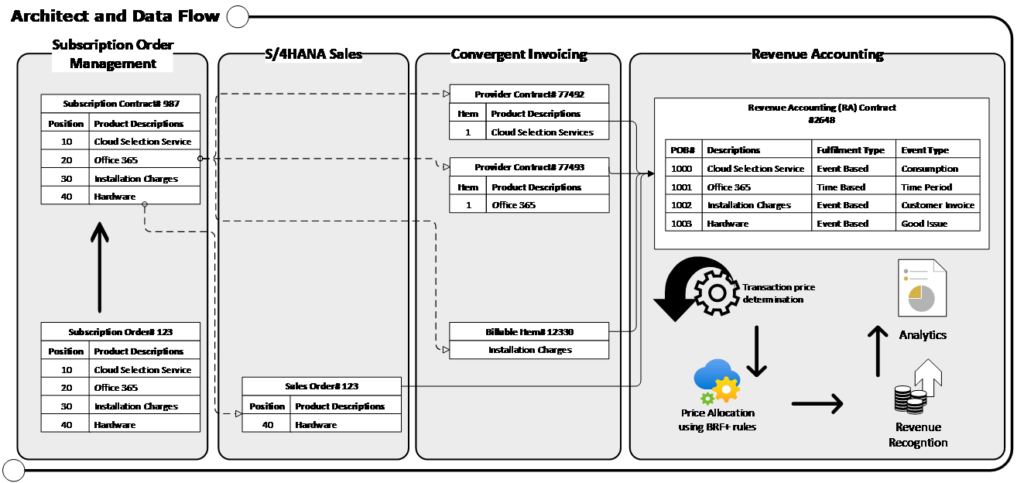
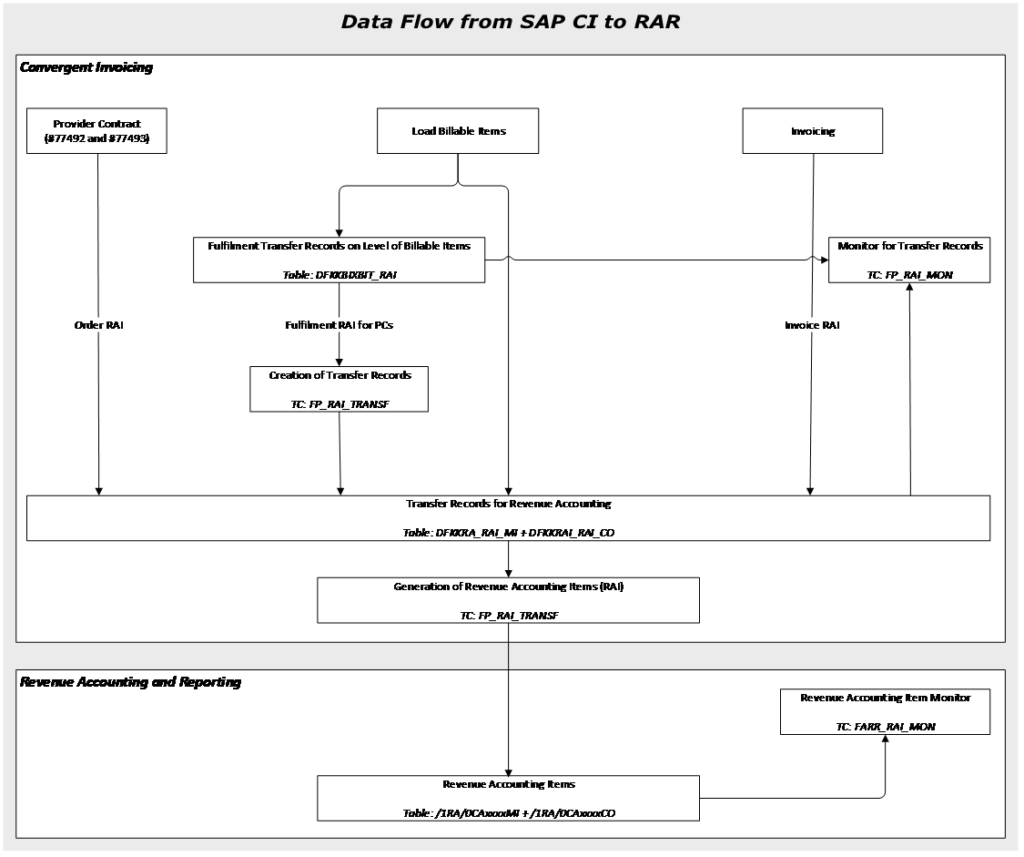


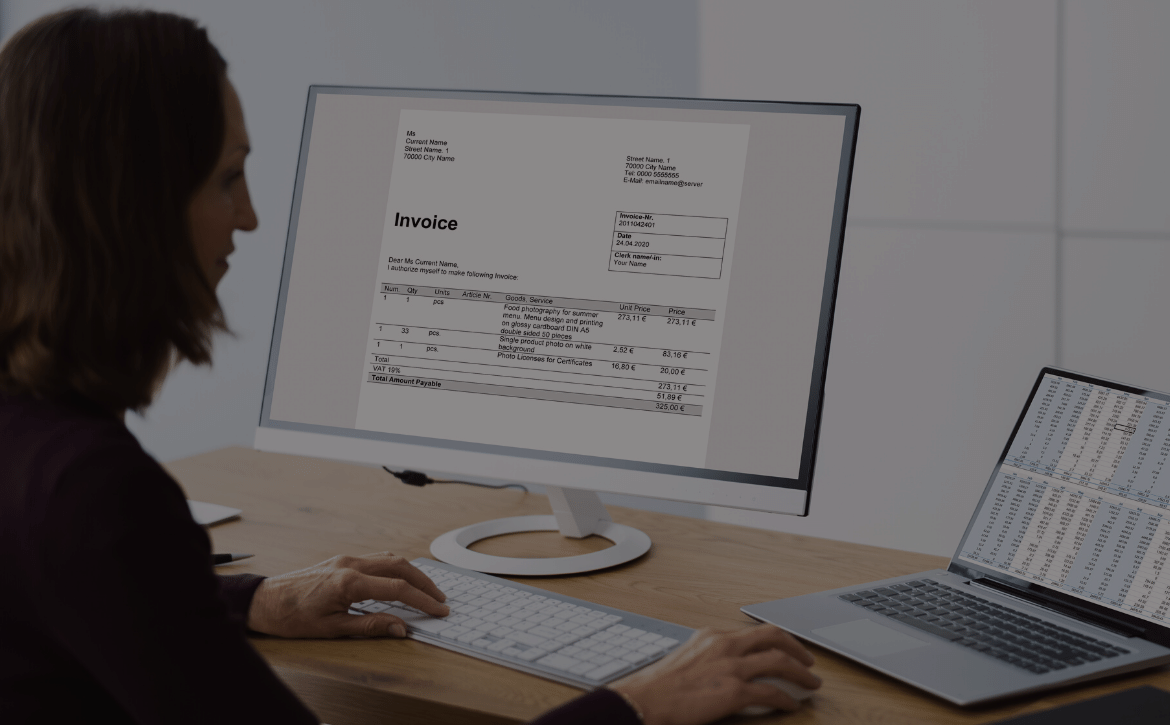


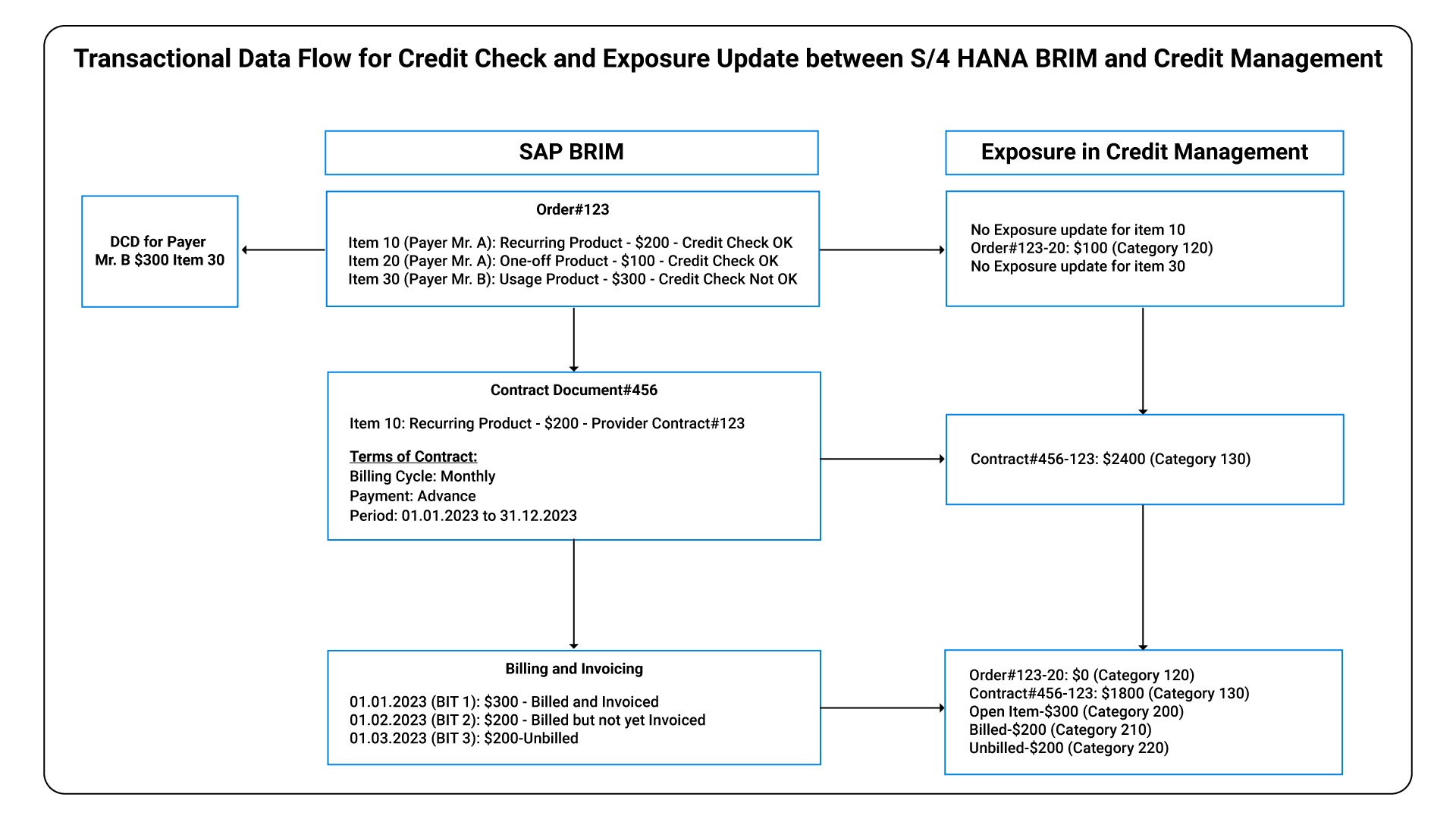
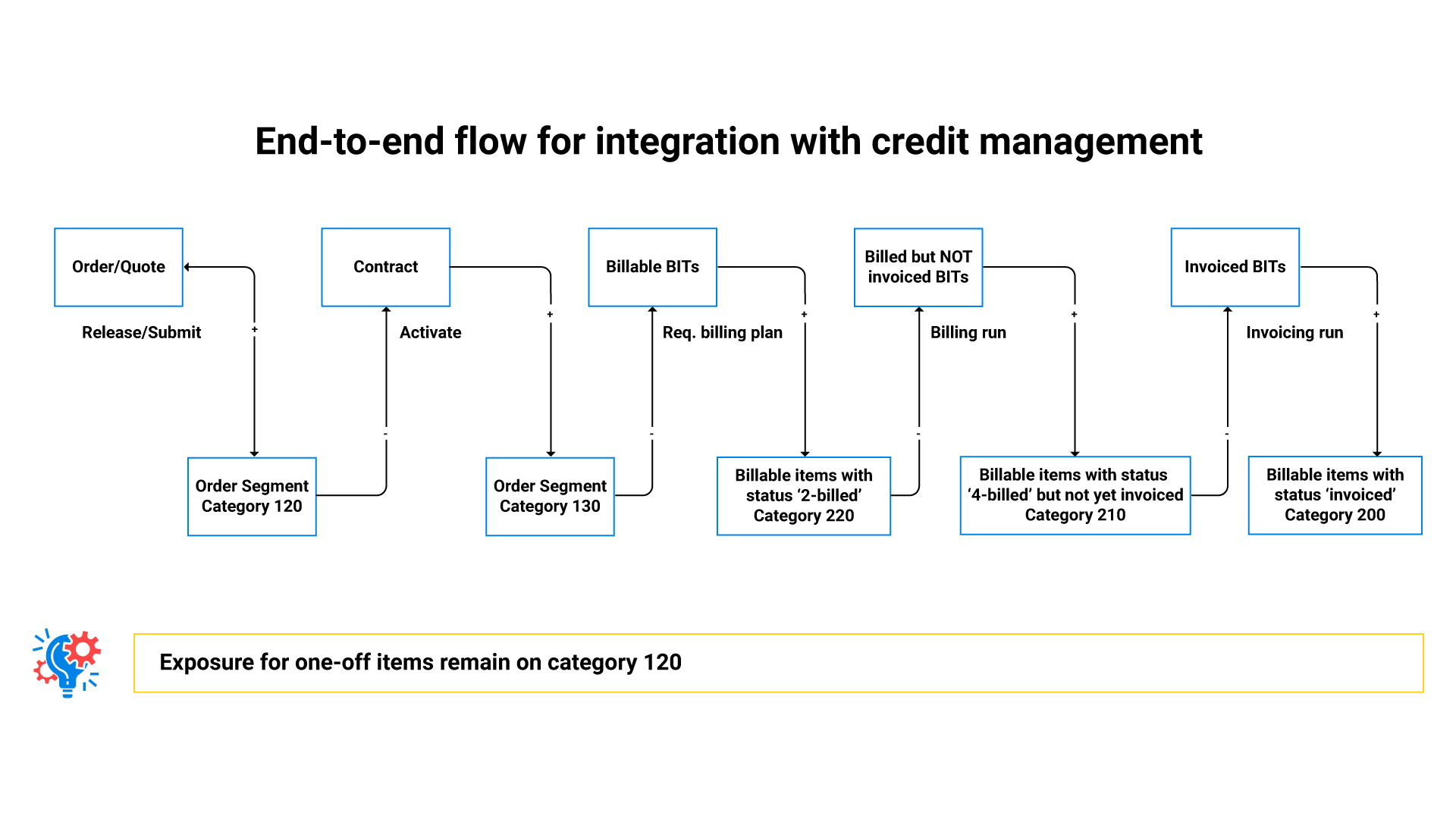 The subscription-specific credit exposure is created on an item or contract level with the following object keys in credit management:
The subscription-specific credit exposure is created on an item or contract level with the following object keys in credit management:


